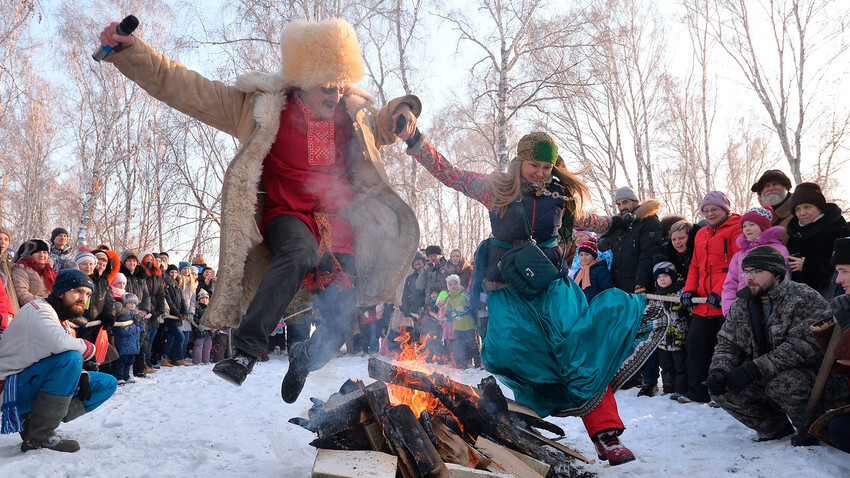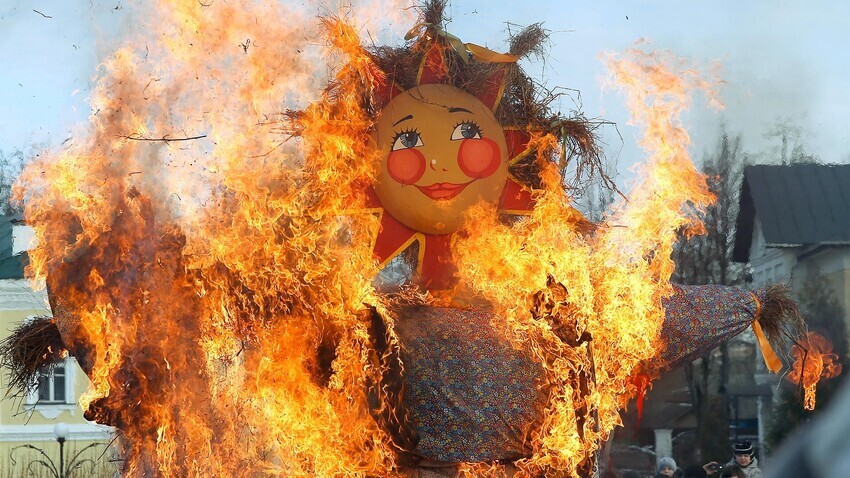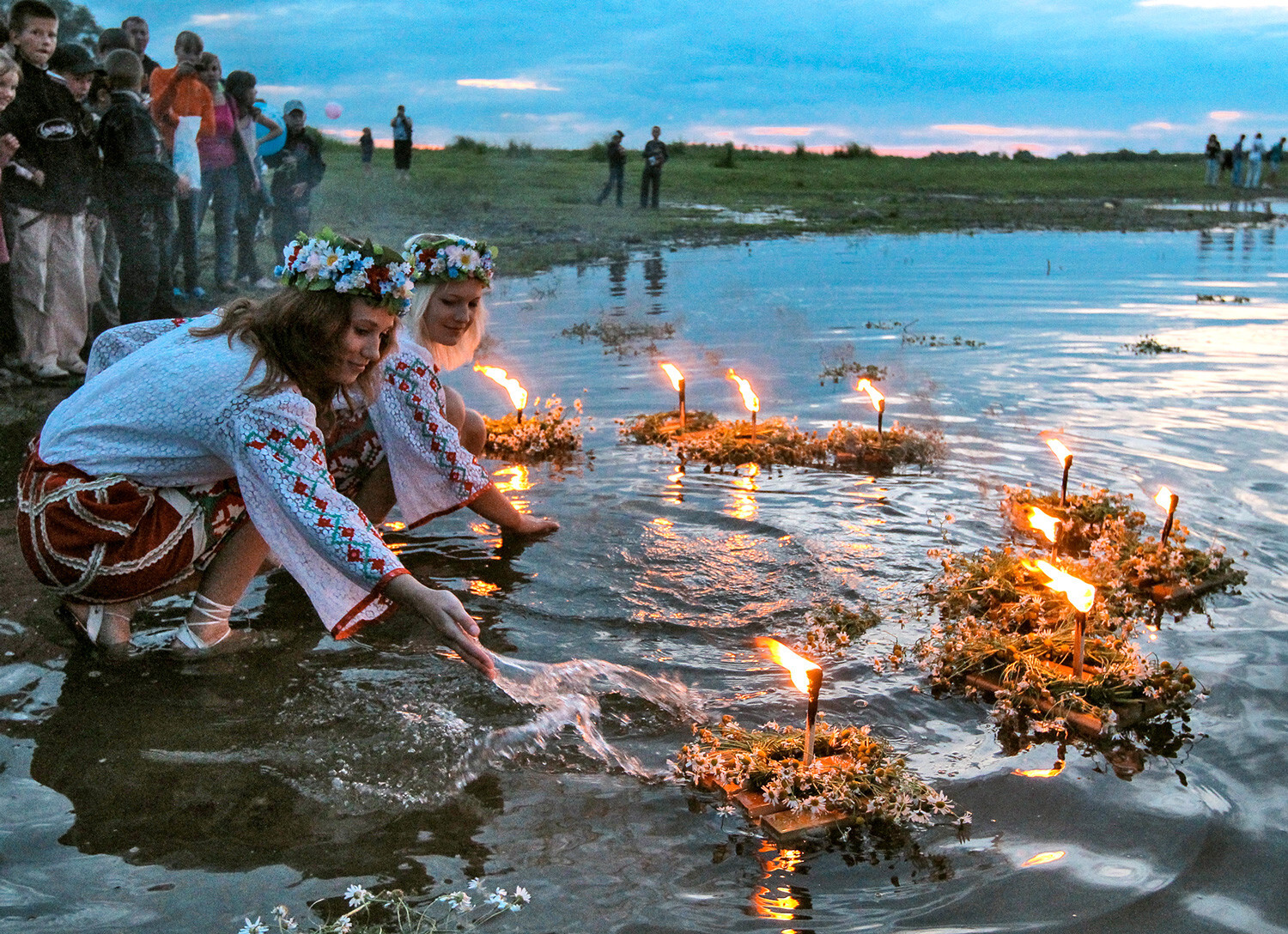
The Russian Orthodox Church tried to weed out and replace pagan traditions in Russia. Instead of important dates for pagans, they nominated Christian holidays. However, people installed their habitual pagan meanings into these new dates and, in the end, we got a curious symbiosis of Christian ways and pagan beliefs.
‘Svyatki’ or the holiday of ‘Kolyada’ – the symbol of a new year – was initially celebrated on December 22. This is the day of winter solstice, which signified the changing of the seasons and the coming of winter. Christmas was supposed to replace this holiday, which fell on December 25, by the Julian calendar.

In Christianity, ‘Svyatki’ started on Christmas Eve, December 24, and lasted until January 6, preceding the Baptism of Christ. This period was considered to be the “time without the cross” – the darkest time of the year. During this time, it was customary to do fortune telling, remember one’s ancestors, partake in rites with dress-ups and sing ceremonial songs – ‘kolyadki’.
For pagan Slavs, Maslenitsa week marked the border between winter and spring; in Christianity, it turned into ‘Cheesefare Week’. This week preceded the Great Lent – a lengthy period of abstinence, which ended with Easter. So, the dates of ‘Maslenitsa’ week were also linked to Easter.

‘Maslenitsa’ was accompanied by large-scale folk festivities. Various games had ancient ritualistic meanings. Fistfighting symbolized the struggle between darkness and light, the burning of a hay effigy was an act of sacrifice to the earth, ‘blinis’ (crepes) were also baked for deceased relatives.
In ancient times, this holiday celebrated the summer solstice, which falls on June 24. Slavs praised the flourishing of nature and invoked a great harvest. In Christianity, this day is celebrated as the birthday of John the Baptist. There are versions that ‘Ivan Kupala’ is a copy of the name of the saint who, when performing the sacrament, bathed (‘kupat’ in Russian) Jesus Christ – by dipping him in the Jordan River.

The ceremonies on ‘Kupala Night’ are conducted at night. Water and fire take the central place in them. Mass bathing in lakes and rivers was mandatory. “Purifying” bonfires were lit on their shores: young people jumped over bonfires. Young women weaved wreaths and did fortune telling with them, releasing them to float on water. People said that ferns bloom once a year – on ‘Kupala Night’. Finding such a flower was considered great luck.
If using any of Russia Beyond's content, partly or in full, always provide an active hyperlink to the original material.
Subscribe
to our newsletter!
Get the week's best stories straight to your inbox